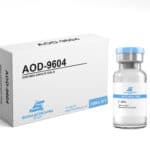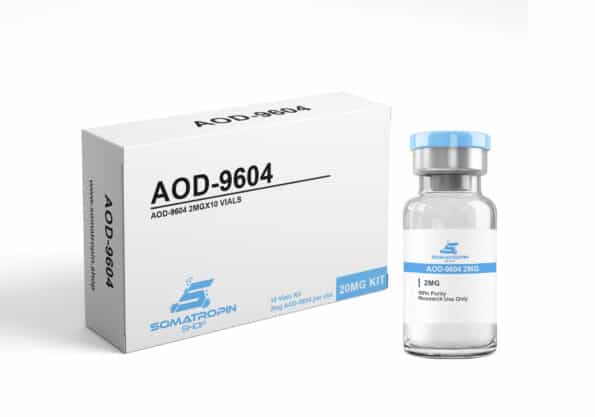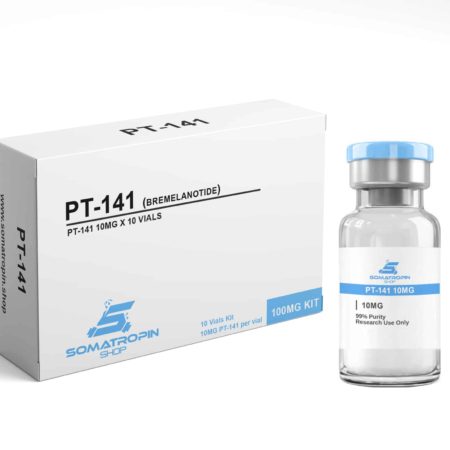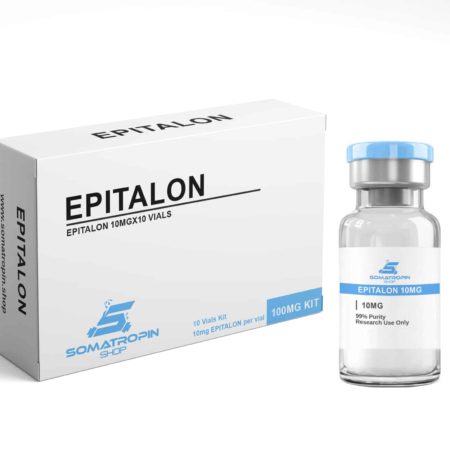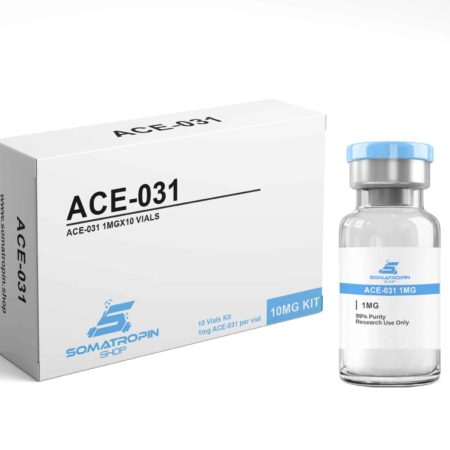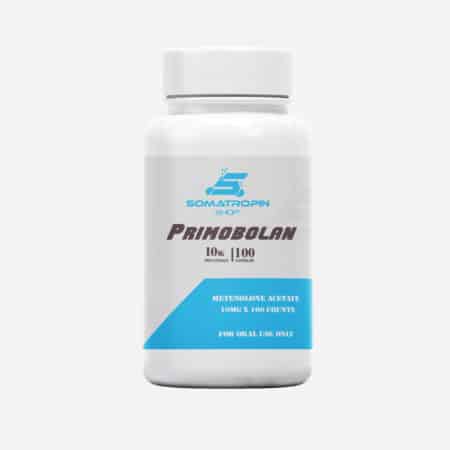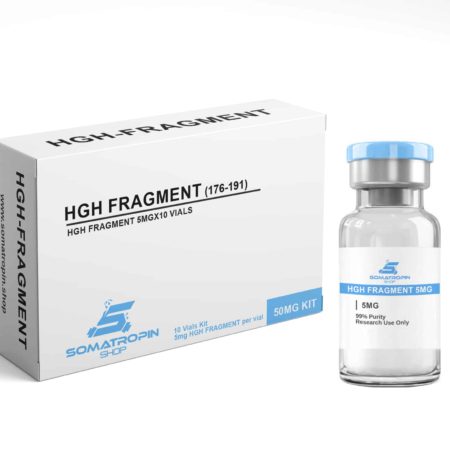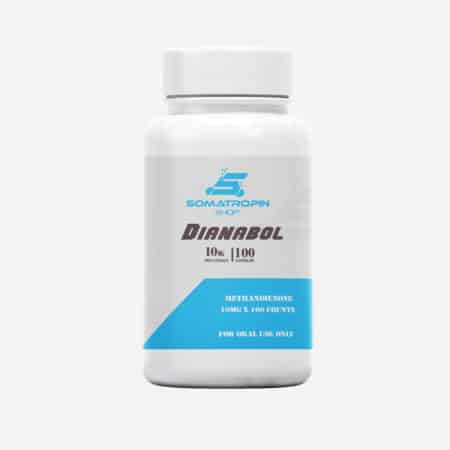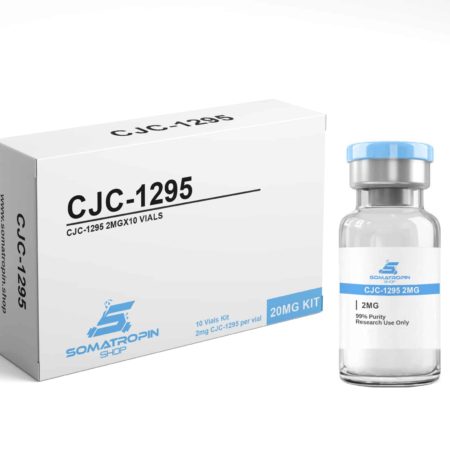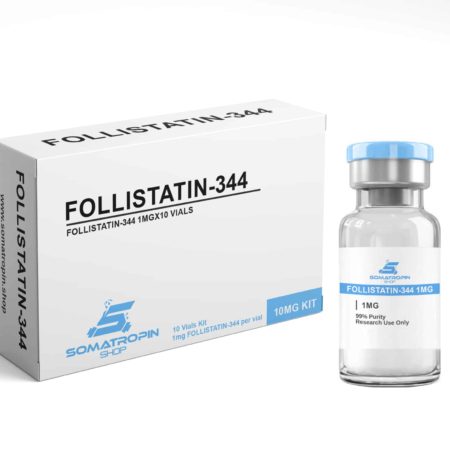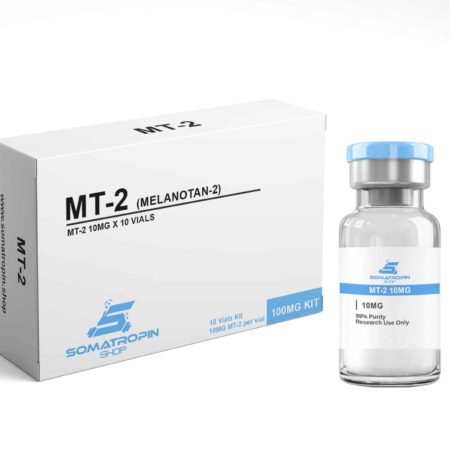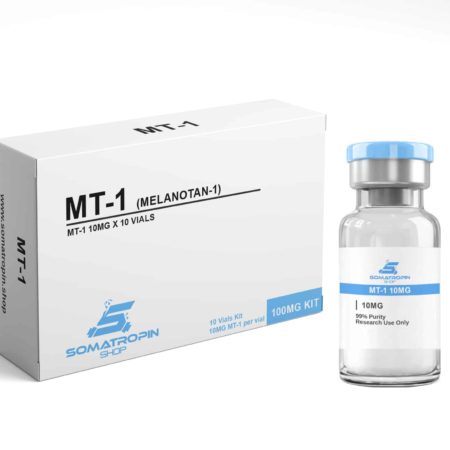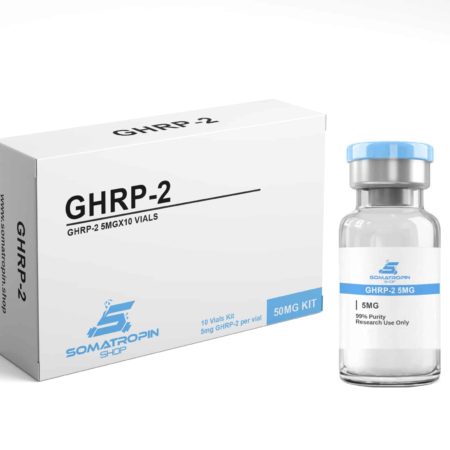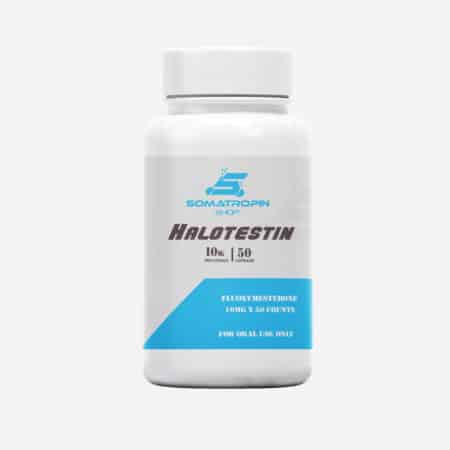AOD-9604
$149 – $349
AOD-9604 is a modified version of the hGH fragment 176-191 peptide (contains a di-sulfide bridge) and thus a derivative of human growth hormone (hGH). Originally developed as a lipolytic (fat burning) compound, AOD9604 has shown benefit in studies of heart disease, osteoarthritis/cartilage repair, and metabolic syndrome. AOD9604 stimulates lipolysis (the breakdown or destruction of fat) and inhibits lipogenesis in animal studies.
All Peptides are shipped non labeled
What is AOD-9604?
AOD-9604 is a modified version of fragment 176-191, which is itself a smaller, modified piece of human growth hormone (HGH). AOD-9604 was originally developed as an anti-obesity drug due to its lipolytic (fat burning) properties. This peptide is valued for the fact that it has limited effects beyond fat burning. It does not appear to affect IGF-1 levels or insulin levels and therefore is not a risk factor in promoting glucose intolerance or diabetes. There is also no evidence that the body forms antibodies against AOD-9604 as it is similar enough in structure to HGH to avoid stimulating an immune system response.
AOD-9604 Structure
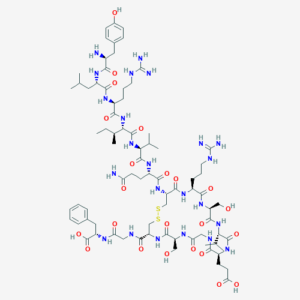
Sequence: Tyr-Leu-Arg-Ile-Val-Gln-Cys-Arg-Ser-Val-Glu-Gly-Ser-Cys-Gly-Phe Disulfide bridge Cys7-Cys15
Molecular Weight: 1815.12 g/mol
PubChem CID: 16131447
CAS Number: 386264-39-7
AOD-9604 Research
1. AOD-9604 and Obesity
AOD9604 was originally developed as an analogue of HGH with the express purpose of fighting fat. Phase 2b clinical trials were completed in Australia testing the drug in 300 obese individuals. The results of once daily administration of the peptide for 12 weeks showed that the drug tripled weight loss when compared to placebo and that the rate of weight loss remained steady during the trial period. This latter fact indicates that a resistance to the peptide is unlikely to arise and that longer-term treatment would result in even greater weight loss.
Research in mice that are genetically prone to obesity indicates that AOD-9604 most likely does not work only by affecting the beta-3-adrenergic receptors found on white fat. It was originally speculated that the peptide bound in these receptors and increased the rate of metabolism in fat cells, shifting them from a storage mode to a usage mode. It turns out that even in mice that lack these receptors, fat loss takes place when AOD-9604 is administered. Though the beta-3-adrenergic receptor likely plays a role in fat loss secondary to AOD-9604, at least one other mechanism must be in play as well. There is some thought that AOD-9604 may indirectly activate apoptosis in white fat cells.
2. Joint Pain and Function
Research in rats indicates that injections of AOD-9604 directly into arthritic joints can work in synergy with existing therapies to improve pain, reduce disability, and improve quality of life. Changes in both gross clinical exam and microscopic structure of cartilage in the affected joints indicates that it is effective in treating the root cause of osteoarthritis and may work as both a treatment and preventative. Though this is effective in reducing joint dysfunction on its own, it works better in combination with other therapies. It isn’t clear how the synergy arises, but additional research using the peptide may reveal novel pathways for improving cartilage growth, a notoriously challenging clinical problem.
3. AOD-9604 and Heart Disease
Though fat reduction and weight loss directly reduce the risk of heart disease, there is evidence to suggest that it has beneficial effects on the heart beyond its ability to reduce fat burden. It is thought that the peptide may directly affect metabolism in such a way so as to reduce complications separate from its effects on obesity. This is not unheard of, as drugs like pioglitazone and acipimox both reduce metabolic complications without treating obesity at all. It is thought that the secondary pathway by which AOD9604 causes fat loss, the pathway that is independent of beta-3-adrenergic receptor activation, may play a role in improving metabolic metrics even while it boosts fat loss.
| Dosage | 20mg (2mg x 10 Vials), 50mg (5mg x 10 Vials), 100mg (10mg x 10 Vials) |
|---|
Related Products
PT-141, also called Bremelanotide (generic clinical name), is a heavily modified synthetic derivative of alpha-melanocyte-stimulating hormone. It has been tested in clinical trials as a treatment for both male/female hypoactive sexual desire disorder and acute hemorrhage. PT-141 is an agonist for the melanocortin-4 and melanocortin-1 receptors. Research shows that it promotes sexual arousal and stimulates the immune system.
All Peptides are shipped non labeled
Epithalon (Epitalon) is a synthetic derivative of Epithalamin and a potential modulator of telomerase, the enzyme that maintains and protects the telomere caps at the ends of chromosomes (strands of DNA). Research suggests that Epithalon induces telomere elongation and may fight off the effects of aging as a result.
All Peptides are shipped non labeled
ACE-031 is a synthetic protein made up of activin receptor type IIB and the immunoglobulin G1-Fc (IgG1-Fc). It binds to myostatin and related proteins within muscle, rendering them inactive. Research shows it to be useful in stabilizing muscle mass and strength in both primary muscle-wasting disorders and neuromuscular conditions
10mg Kit
1mg X 10 Vials
All Peptides are shipped non labeled
Available on backorder
HGH Fragment 176-191 is a small, synthetic piece of natural human growth hormone (hGH). It is often referred to as the “lipolytic fragment” for its ability to boost fat loss. It has been shown to help lowers blood sugar levels and promote cartilage healing without increasing long bone growth, increasing IGF-1 levels, or altering insulin sensitivity.
All Peptides are shipped non labeled
Product packaging may change from time to another
CJC-1295 No DAC is a truncated peptide analogue of growth hormone releasing hormone (GHRH). First developed in the 1980s, research studies with modGRF have shown it to improve muscle repair and growth, accelerate wound healing, strengthen bones, increase fat burning, and improve metabolism. It may also have beneficial effects on blood sugar regulation and the immune system.
All Peptides are shipped non labeled
10mg Kit
1mg X 10 Vials
All Peptides are shipped non labeled
Melanotan 2 (MT-2) is a synthetic analogue of alpha-melanocyte-stimulating hormone. Developed in the 1980s, Melanotan 2 has been shown to increase sexual arousal, reduce compulsive/addictive behavior, curb hunger, and promote lean body mass. Research has shown the peptide to stimulate melanocytes therefore producing increased skin pigmentation and may help to combat autism when used during early childhood development.
All Peptides are shipped non labeled
Melanotan (MT-1) It is used clinically, to prevent sun-related skin damage (i.e. phototoxicity) from occurring in people suffering from erythropoietic protoporphyria. Though initially developed as a sunless tanning agent, melanotan 1 has been found to have a number of physiologic effects on blood pressure, feeding behavior, central nervous system function, and more.
100mg Kit
10mg X 10 Vials
All Peptides are shipped non labeled
All Peptides are shipped non labeled
Product packaging may change from time to another
Categories
Tags
- 100iu
- anti aging
- anti wrinkles
- bioregulator
- bioregulators
- Bodybuilding
- cjc
- cjc 1295
- cjc1295
- cycle
- fat loss
- genotropin
- gh
- ghrp
- gnrh
- hgh
- human growth
- human growth hormone
- hygetropin
- igf
- igf-1
- ipamorelin
- jenotropin
- kingotropin
- kit
- mgf
- nordictropin
- norditropin
- orals
- pct
- peptide
- peptides
- primo
- Primobolan
- roids
- selank
- semaglutide
- somatropin
- Stanozolol
- steroid
- steroids
- Tesamorelin
- testosterone
- Tirzepatide
- Winstrol

